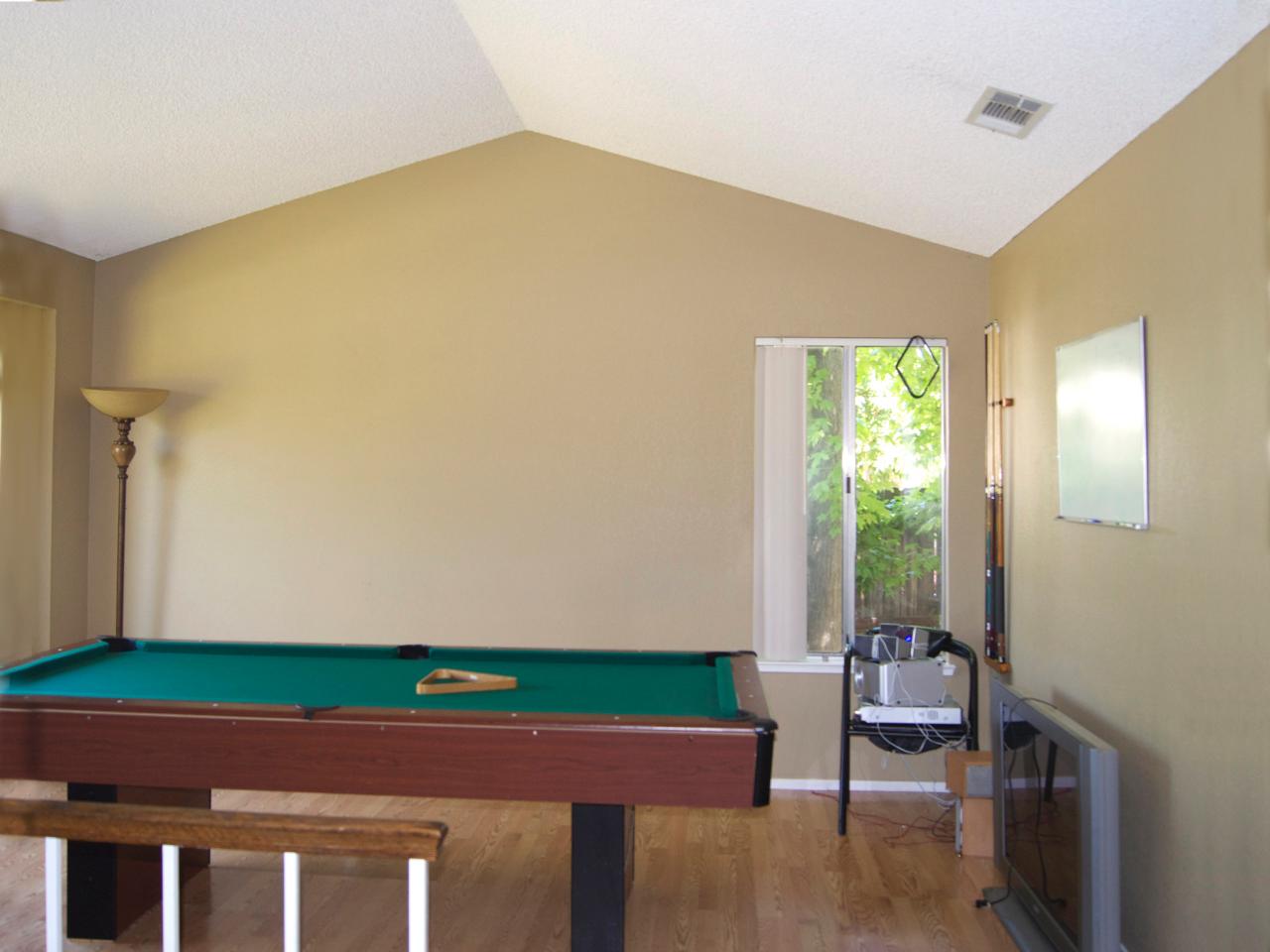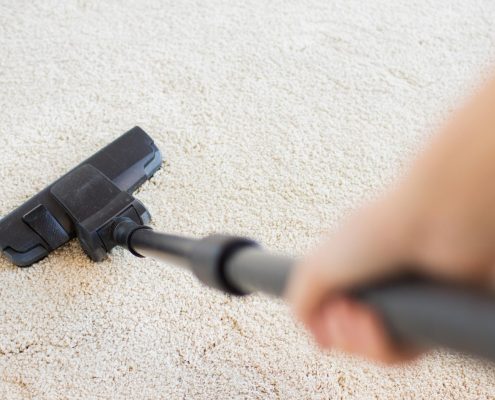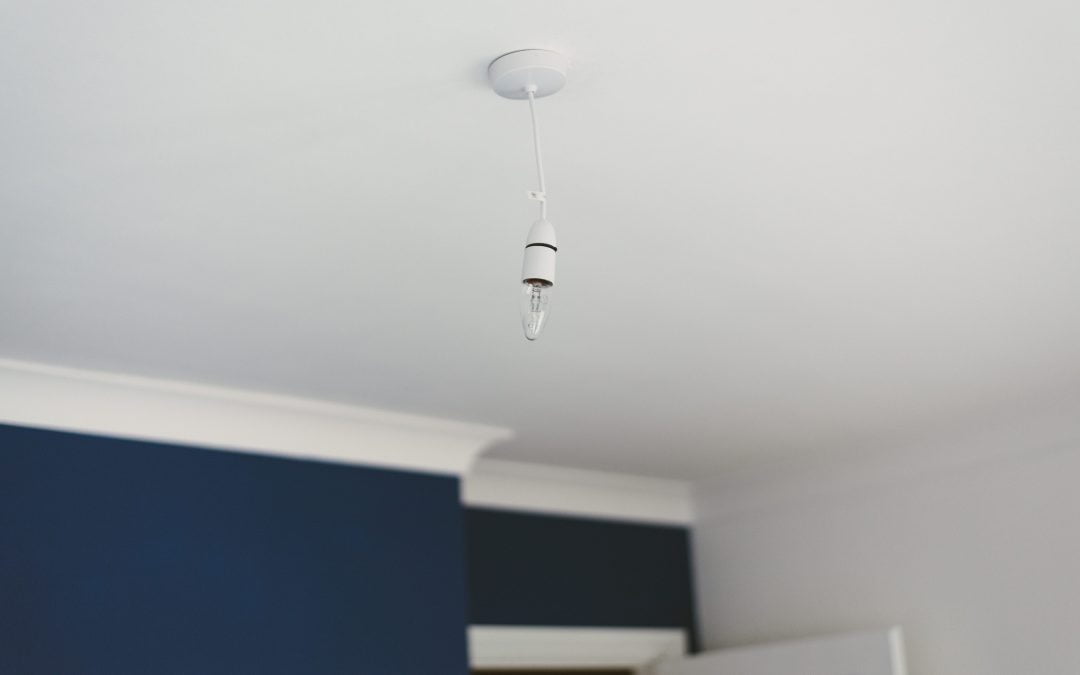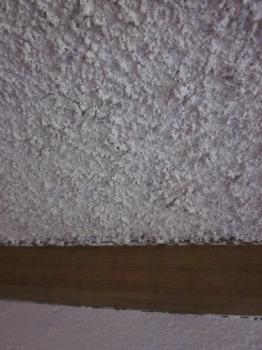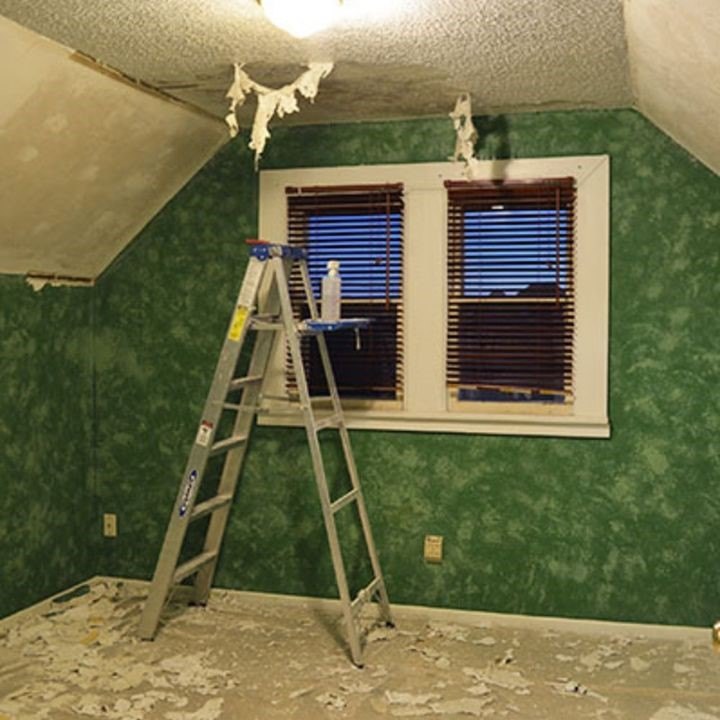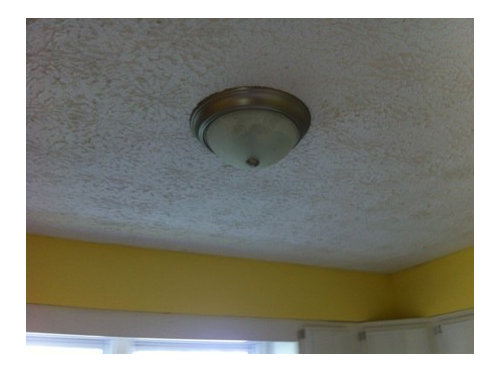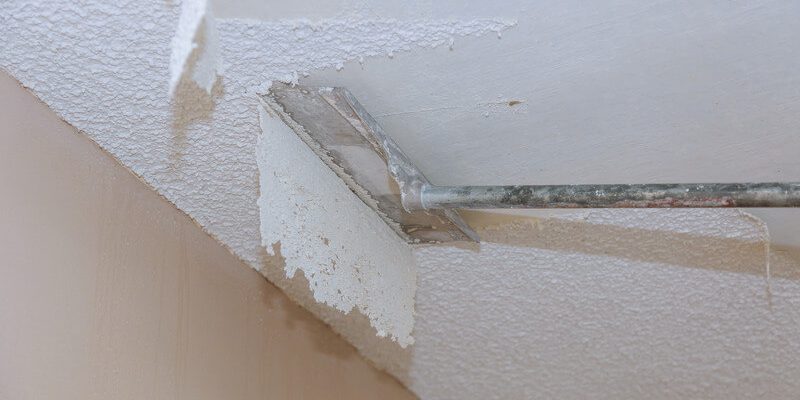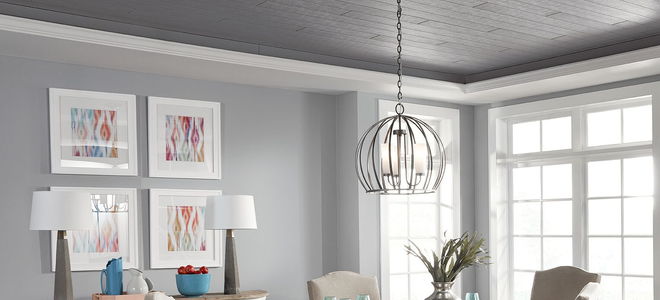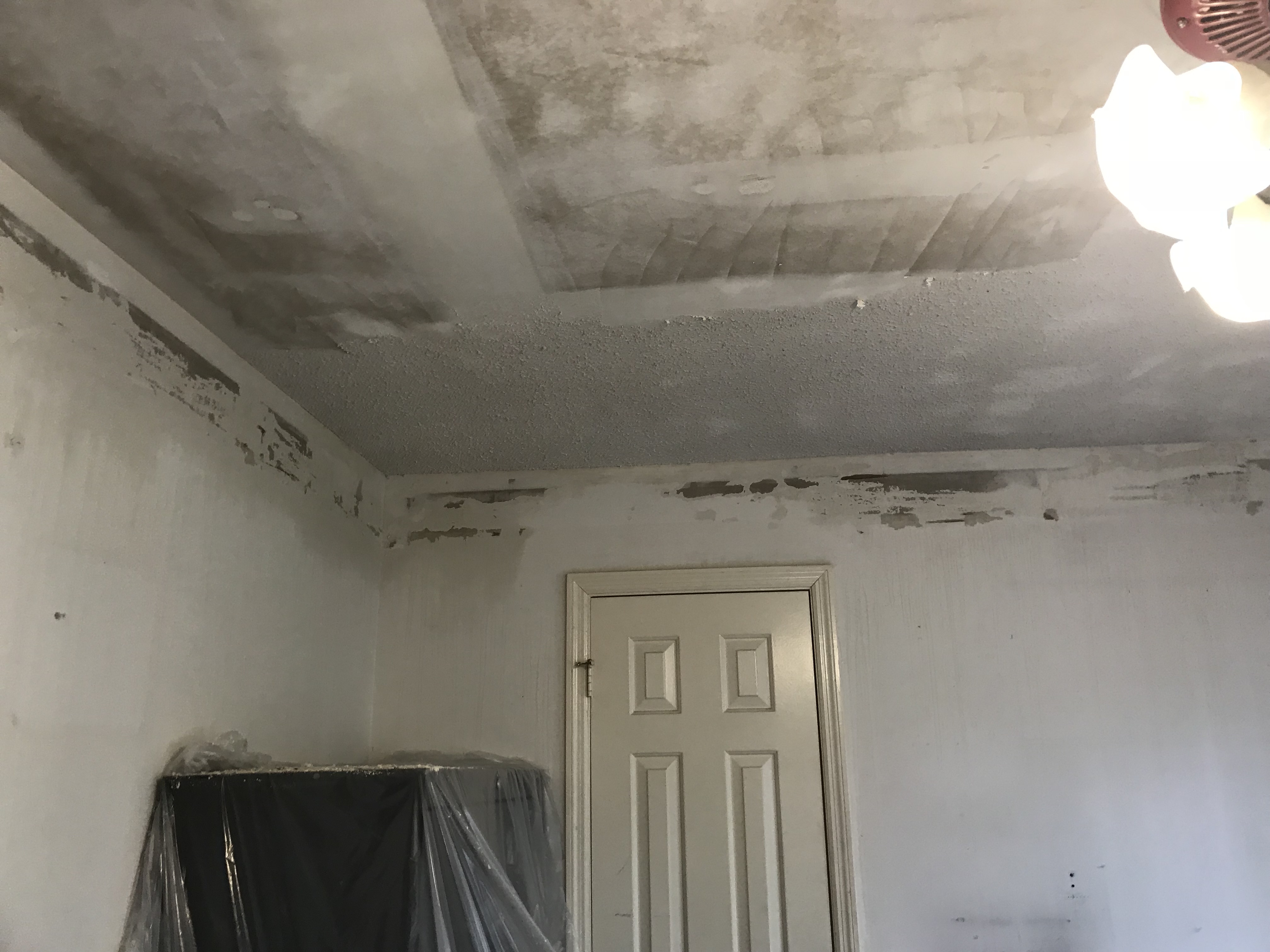Best Way To Clean Dirty Popcorn Ceiling
Vinegar and water is the best method for removing these stains because it quickly cuts through the grease.
Best way to clean dirty popcorn ceiling. Remove all dust from the popcorn ceiling with either a vacuum broom or duct tape. Popcorn ceilings were first installed in the 1950s as a more economical way to finish a ceiling than using plaster. Grease can even reach as high as your ceiling leaving behind unsightly colored splotches. Return a popcorn ceiling to its mid 20th.
Popcorn ceilings also called acoustic ceilings are textured ceiling treatments that were popular in the mid 20th century. Cleaning them regularly is key to keeping your house looking sparkling. While they were installed for their appearance and ability to hide imperfections they may leave you with a cleaning problem. How to clean a popcorn ceiling.
15 remarkably easy ways to create a dust free home step 2. Choose whichever method for dust removal. Popcorn ceilings hold onto dust and are more challenging to clean because the texture damages. The stucco mixture was combined with styrofoam particles to create the cottage cheese like texture.
Many homeowners got rid of their popcorn ceilings in the half century since they were all the. Warning when cleaning dirty ceilings with a wet sponge mop avoid disasters by covering furniture and floors with a drop cloth. Wipe the wall with the cleaner and then wipe it with just water to rinse. Consult the manufacturer for the best way to clean and maintain customized ceiling tiles like vinyl metal or acoustic board.
The best method for cleaning this type of finish is to tackle dust first then deal. Stroking the ceiling too hard or excessively scrubbing at stains loosens the popcorn and could leave bare spots. Homebuilders also thought the added texture was a desirable design element to hide ceiling flaws and help absorb sound. Popcorn ceilings were inescapable from the 1950s to the early 1980s.
Start at the top of the wall when cleaning and work your way down. Every time you cook grease splatters up from the pan and along the cabinets and walls in your kitchen.









